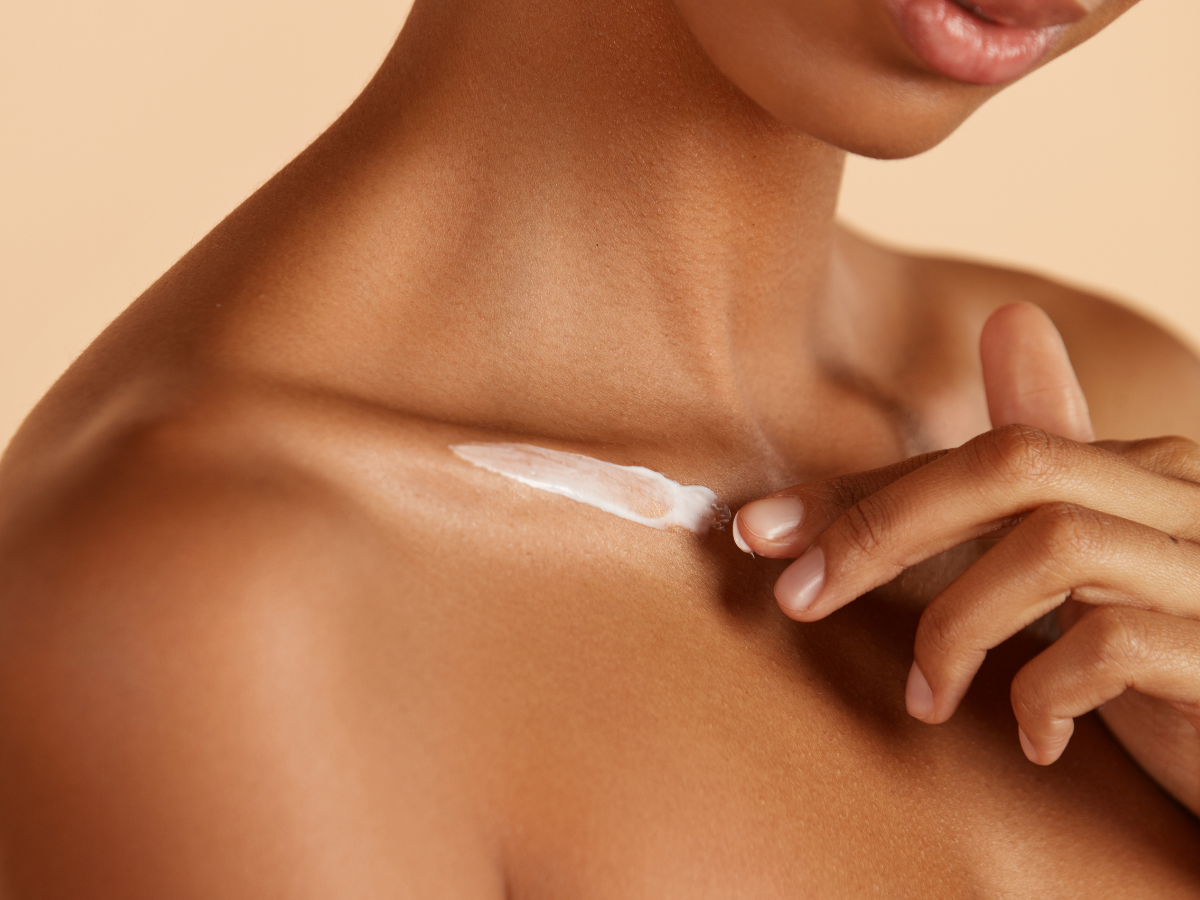New research highlights the importance of educating clients about skin cancer checks

New research conducted by specialist clinic Skin Institute reveals concerning awareness and uptake of regular skin checks.
A survey of 1000 people shows 84 percent of respondents haven’t had a skin check in the past year and more than half have never had one at all. Just 16 percent get checked annually, the frequency recommended by skin specialists.
These findings are particularly concerning given New Zealand’s has the highest incidence of skin cancer in the world, with melanoma accounting for 80 percent of all skin cancer deaths.
Despite this, 43 percent of those surveyed said they just hadn’t thought about getting a check, while 40 percent didn’t believe they needed one and 33 percent considered it too expensive.
Speaking to Stuff, Dr Sam Mayhew, a skin cancer specialist at Skin Institute, conceded it can be expensive, though says there are multiple options; from the specialist full body checks at Skin Institute to free single spot checks – and many GPs are trained in detecting skin cancer too.
Melanoma is the most serious form of skin cancer — it can spread and become life-threatening very quickly. However, if detected early, it’s almost always treatable, and beatable
For those in the business of skin, whether medi-aesthetics or thereapeutic, education around this should be part of every consultation. Encourage clients to check their skin regularly or better still, to book an expert skin check.
Spotting the signs
According to Dr Mayhew, the most obvious warning signs of melanoma are changes to your skin or moles in how they look or feel. These changes aren’t always accompanied by pain, so early warning signs can go unnoticed if you’re not vigilant about checking your skin regularly and booking annual skin checks.
Asymmetry, border irregularity, uneven colour and change are among the things to look out for.
According to MoleMap, The A.B.C.D.E. rule is a simple guide to checking for the early signs of melanoma. Look out for the following:
Asymmetry – The shape of one half does not match the other.
Border – The edges are often ragged, notched, blurred, or irregular in outline; the pigment may spread into the surrounding skin.
Colour – The colour is uneven. Shades of black, brown, and tan may be present. Areas of white, grey, red, pink, or blue also may be seen.
Diameter – Size changes and usually increases. Typically, melanomas are at least 6mm in diameter (the diameter of a pencil).
Evolving – look for new moles or changes to any moles.
The E.F.G. rule
The E.F.G. rule is another guide that recognises a type of melanoma known as nodular melanoma. It can grow very quickly so early detection and treatment is vital.
If you are checking your skin yourself, look out for:
Elevated: Moles that are raised on the skin.
Firm: Moles that are firm to touch.
Growing: Moles that grow and change very rapidly.
